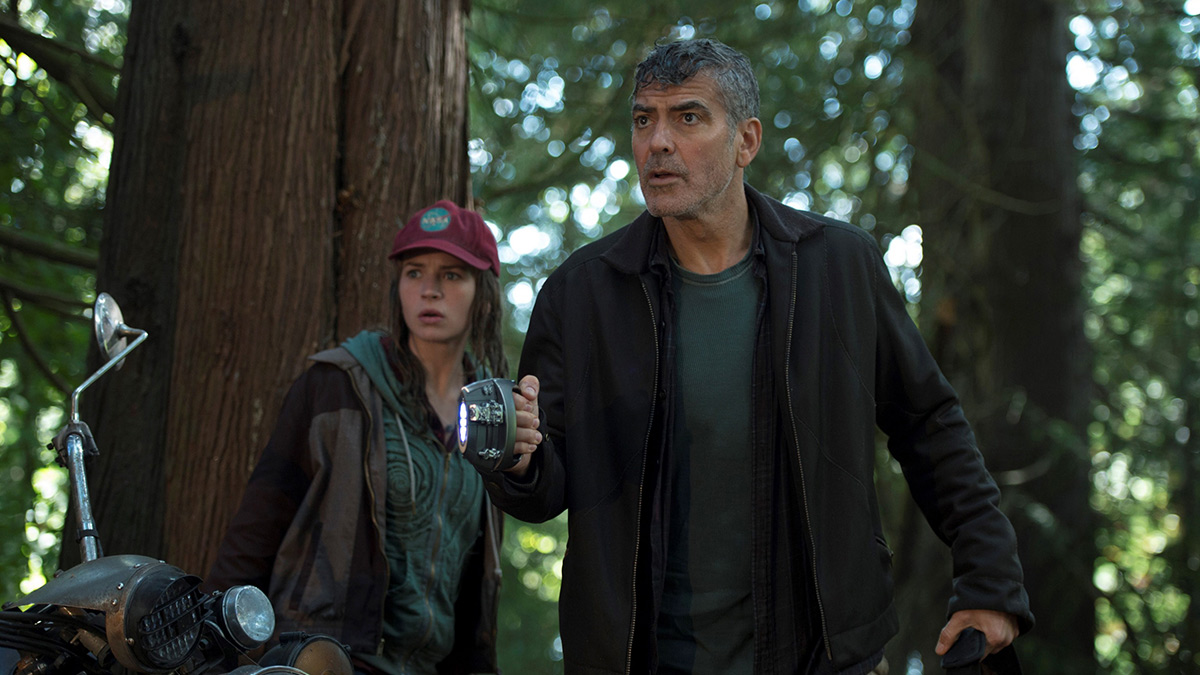
(c) Photofest / Getty Images
The roots of Disneyland revealed from the “Tomorrowland” Expo (Part 1)
2024.02.29
Relationship between "New York World's Fair" and "Disneyland"
So Damon Lindelof, who wrote the screenplay, and Jeff Jensen, who helped write the original story, began researching the origins of Disney theme parks. They discovered that Disneyland and the EPCOT concept that Walt announced in 1965 were deeply connected to the New York World's Fair (*1) held in 1964-65. They decided to develop the story from there, and the fairgrounds were reproduced with astonishing accuracy.
However, although the subtitles say "New York World's Fair," this is not a so-called regular "World's Fair." 1964 was chosen to commemorate the 300th anniversary of New York becoming a British colony and the 15th anniversary of the founding of the United Nations Headquarters. However, the United States held the "Seattle 21st Century World's Fair" in 1962, and the 1928 BIE (Bureau of International Exhibitions) treaty stipulates that "the interval between general expositions in the same country must be at least 10 years," so recognition would not be obtained. Also, the term "Expo," which is usually used for world's fairs, came to refer to the Swiss national exposition "Swiss National Exhibition" (Expo'64) held in Lausanne.
However, Robert Moses, the president of the New York World's Fair, decided to forcibly hold the fair as an "unofficial BIE fair," but this actually freed him from the various problems of the International Exposition Convention. For example, the convention stipulated that the fair should be held within six months. What was the point of such a silly rule that an exhibition must be demolished after only six months, despite the huge construction costs? So the convention decided to hold the fair over two periods, from April 22 to October 18, 1964, and from April 21 to October 17, 1965, for a total of 360 days. In addition, the convention also stated that land use fees would be collected from participating countries, but this was also a violation of the convention.
With their reputation completely ruined, the BIE began to disrupt the event. They then called on member states of the International Exposition Convention not to participate, leading to major countries such as the UK, France, and the USSR declining to take part (although about 60 countries, including Japan, Switzerland, Mexico, India, Thailand, Pakistan, Sweden, Austria, and Belgium, still participated). As a result, the event became more commercial than international, and various corporate pavilions became a place to show off their ideas. As a result, the New York World's Fair became more glamorous than ever, with unusually designed pavilions, efficient ride systems to transport visitors, and ingenious video displays, which had a huge influence on subsequent expositions and theme parks.
One of these pavilions is the Pepsi-Cola-sponsored UNICEF Pavilion, one of the pavilions produced by Walt Disney. The attraction here is "It's a Small World," which also appeared in the film. This was moved to Fantasyland at Disneyland in 1966, and has since been installed in Orlando, Tokyo, Paris, Hong Kong, and other locations, where it is still popular today.
https://www.youtube.com/watch?v=i53NaptWfG8
https://www.youtube.com/watch?v=yUO85D5Qwac
*1 The New York World's Fair was held in the same Flushing Meadows-Corona Park from April 30 to October 31, 1939, and from May 11 to October 27, 1940. It was decided from the beginning that the fair would be held in two periods, but the BIE did not consider this a problem. The prevailing theory is that the trouble at the 1964 fair was caused by Chairman Moses' overly forceful attitude.

